
What’s the Purpose of That Tiny Hole in a Safety Pin?
If you’ve ever examined a safety pin closely, you may have noticed a small circular hole near the hinge or clasp. Though it may appear insignificant, this tiny feature has a very practical purpose—especially in sewing, crafting, and clothing alterations.
In sewing, the hole is often used to thread elastic, ribbon, or cording through a fabric casing, such as when creating a drawstring waistband or replacing elastic. By threading the elastic or ribbon through the hole and closing the pin, you can safely guide it through tight channels without worrying about the pin opening or slipping.
This clever, low-tech technique has long been a favorite among home sewers, costume designers, and textile instructors who rely on safety pins as simple but effective tools for fabric manipulation.
Vintage Sewing Tips That Are Still Amazingly Useful
As modern sewing technology advances with digital machines and automated cutting systems, many traditional sewing methods are being rediscovered. These time-tested techniques—practiced for decades by both home sewers and professional tailors—provide reliable, inexpensive, and practical solutions to everyday sewing challenges.
Here are some of the most enduring sewing tips that remain useful today.
1. Use Beeswax to Strengthen and Condition Thread
Beeswax has long been used as a natural thread conditioner. Running thread through a block of beeswax can:
-
Prevent tangles and knots
-
Reduce fraying during hand stitching
-
Strengthen thread, especially for buttons or seams under tension
After coating the thread, pressing it lightly with an iron sets the wax and increases durability. Beeswax is especially effective when sewing heavy fabrics such as denim or canvas, where strong thread is essential.
2. Mark Fabric with Dry Soap Instead of Tailor’s Chalk
A bar of dry white soap can be an excellent substitute for tailor’s chalk. It leaves clear, removable marks, costs little, and works on most fabrics.
Advantages:
-
Washes out easily
-
Leaves no stains or residue
-
Glides smoothly across fabric
Experienced sewers often use leftover soap slivers to mark pleats, darts, or hems, particularly on delicate fabrics where harsher marking tools might cause damage.
3. Backstitch to Secure Seams
The backstitch is one of the oldest and strongest hand-stitching methods. Even if you primarily use a machine, it’s good practice to backstitch by hand at the start and end of seams.
Benefits:
-
Prevents seams from unraveling
-
Reinforces high-stress areas like underarms or crotch seams
-
Provides a strong solution when no machine is available
Many sewing instructors consider the backstitch an essential technique for beginners to master.
4. Pin Diagonally for Easier Fabric Handling
Placing pins at a 45-degree angle instead of straight across helps stabilize fabric layers more effectively.
This method:
-
Keeps fabric layers aligned, even on curved seams
-
Reduces shifting and bunching
-
Makes pin removal easier during machine sewing
Although it is always safer to remove pins before stitching, diagonal placement provides greater control during construction.
5. Make Strong, Clean Knots with a Needle Wrap
Tying off thread neatly can be challenging. A quick and effective method involves:
-
Holding the thread close to the fabric
-
Wrapping it around the needle 2–3 times
-
Pulling the wraps tight toward the fabric while pushing the needle through
This creates a secure, nearly invisible knot that resists unraveling—perfect for securing buttons, hemming garments, or finishing embroidery work.
6. Use the Safety Pin Hole to Guide Elastic or Ribbon
As noted earlier, the tiny hole in a safety pin is not just decorative. Thread elastic, cording, or ribbon through the hole, secure it, and then push the pin through a casing.
This trick is ideal for:
-
Elastic waistbands
-
Drawstring bags and hoodies
-
Replacing stretched-out elastic in fitted clothing
This simple hack eliminates the need for specialized tools like bodkins and works equally well in clothing, accessories, and home décor projects.
Why These Time-Tested Sewing Hacks Still Matter
In today’s DIY fashion and sewing world, not every problem requires high-tech tools. Many of the most effective solutions are those passed down through generations—simple, resourceful, and rooted in craftsmanship.
These traditional methods:
-
Encourage creativity with limited tools
-
Improve seam quality and garment durability
-
Make sewing approachable for beginners while enhancing results for experienced makers
Conclusion: Embrace the Wisdom of Old-School Sewing
From beeswax-coated thread to the practical design of safety pins, these tried-and-true techniques prove that some of the best solutions are also the simplest. Whether you’re mending clothing, crafting a new outfit, or sewing just for fun, vintage sewing hacks offer reliability and a connection to the craft’s long history.
So next time you pick up a needle, remember the small but powerful lessons of traditional sewing. Sometimes, that tiny safety pin hole is all it takes to make your project easier and more successful.
News in the same category


12 Signs She Has a Lot of Experience with Men

Why Natural Beauty Deserves More Appreciation

Things that make men instantly unattractive

When a Woman Stops Loving: Recognizing the Signs and Taking Care of Yourself

The Romantic Rituals of Seahorses: A Morning Dance of Devotion

Why You Shouldn’t Pour Hot Water Into the Kitchen Sink

The Gentle Side of the King: How Lions Pretend to Be Hurt to Teach and Empower Their Cubs

Why Do Humans Kiss, and What Happens When We Do It?

Discover Love in the Little Things: Everyday Connections

The shape of your fingertips reveal your true personality

The Secret of Our Hands: Does It Reveal Wealth or Poverty?

The reason dogs often chase people

The Little Bow on Women’s Panties: More Than Just a Pretty Detail

The Meaning of the Main Lines of the Hand

Baby Gorilla Skeletons Show Striking Similarities to Human Infants, Scientists Explain

Pick a nut and uncover if you’re lazy or a workaholic

10 Rude Habits That Could Actually Be Signs of Intelligence

Most People Don’t Realize What a Mouth Piercing Means … Check 1st comment
News Post

WHAT HAPPENS WHEN WE TONGUE KISS…See more
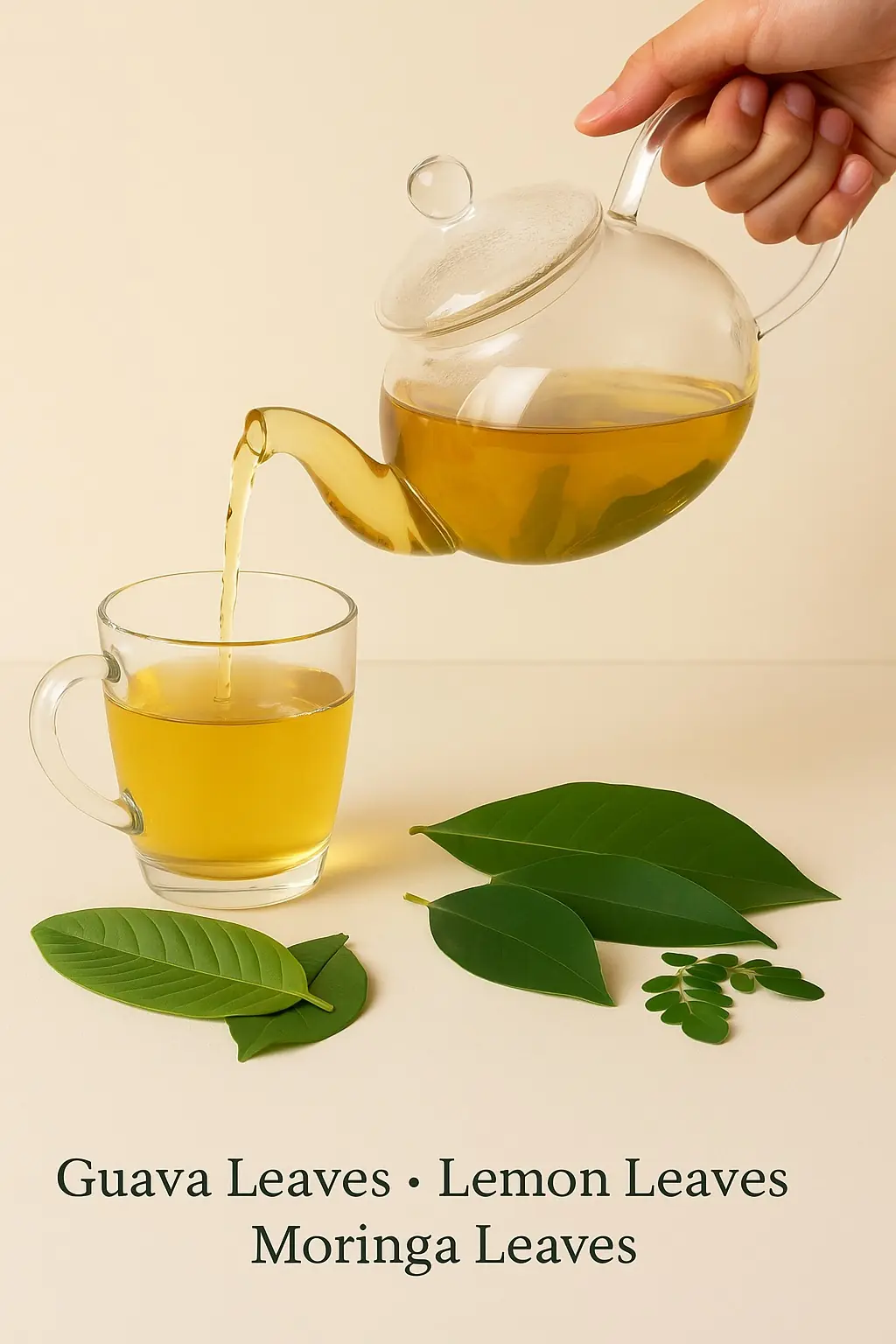
Nature’s Secret: 4 Healing Leaves That Support Metabolism, Immunity & Circulation Naturally
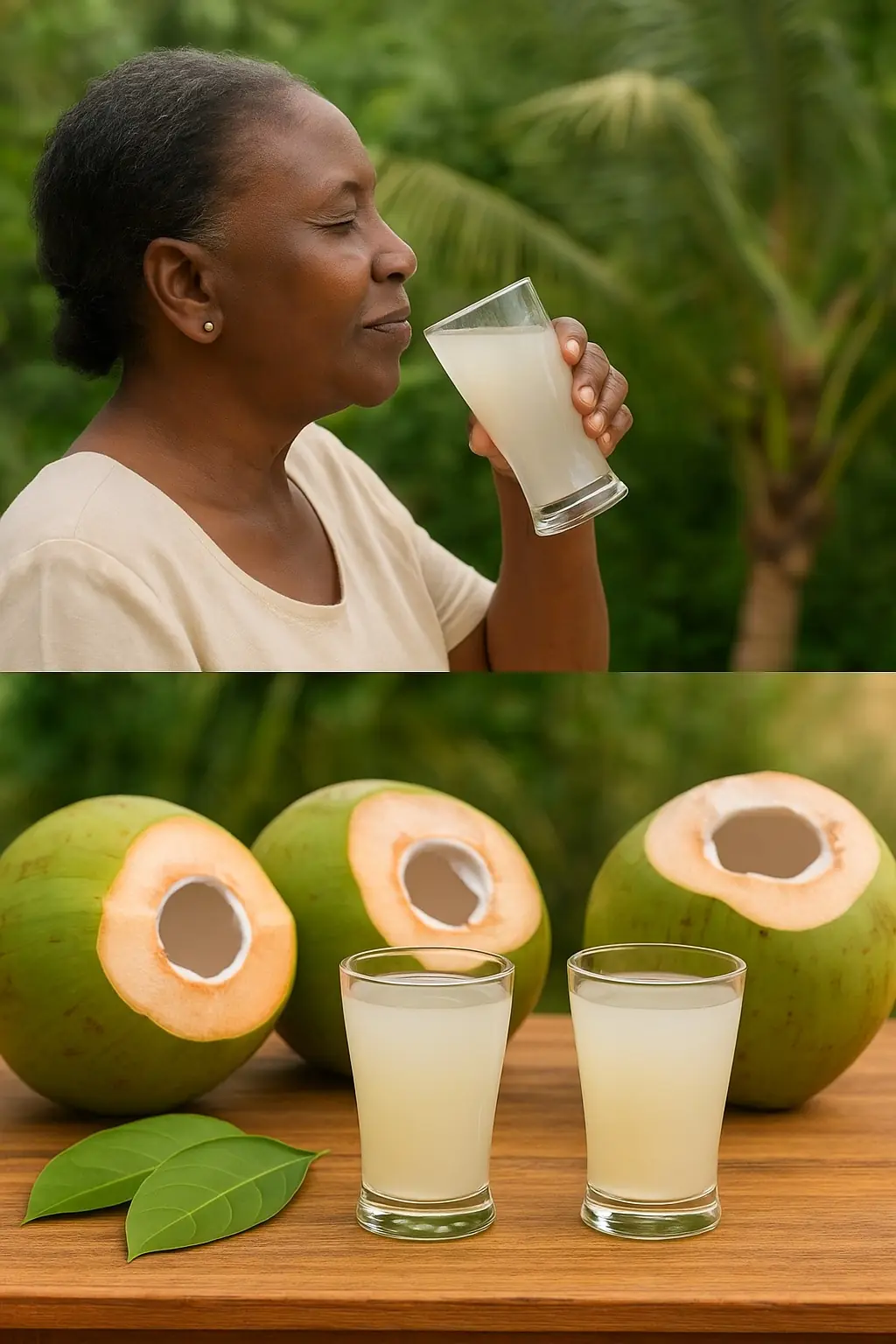
Don’t Drink Coconut Water Before You Know These 11 Secrets!

Pumpkin Seed Milk — The Natural Parasite Cleanser
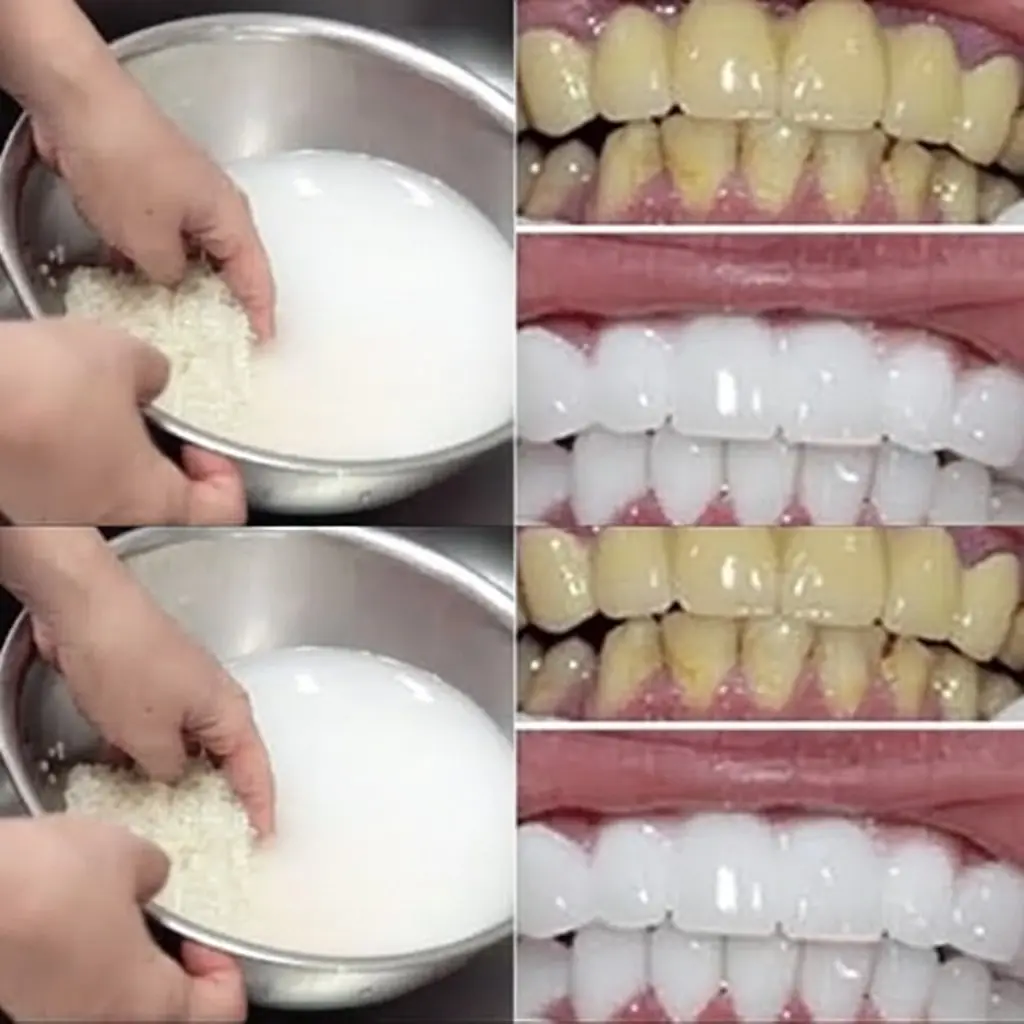
Fast Rice Water Trick for a Brighter Smile

Morning Drink to Revive Your Kidneys Fast
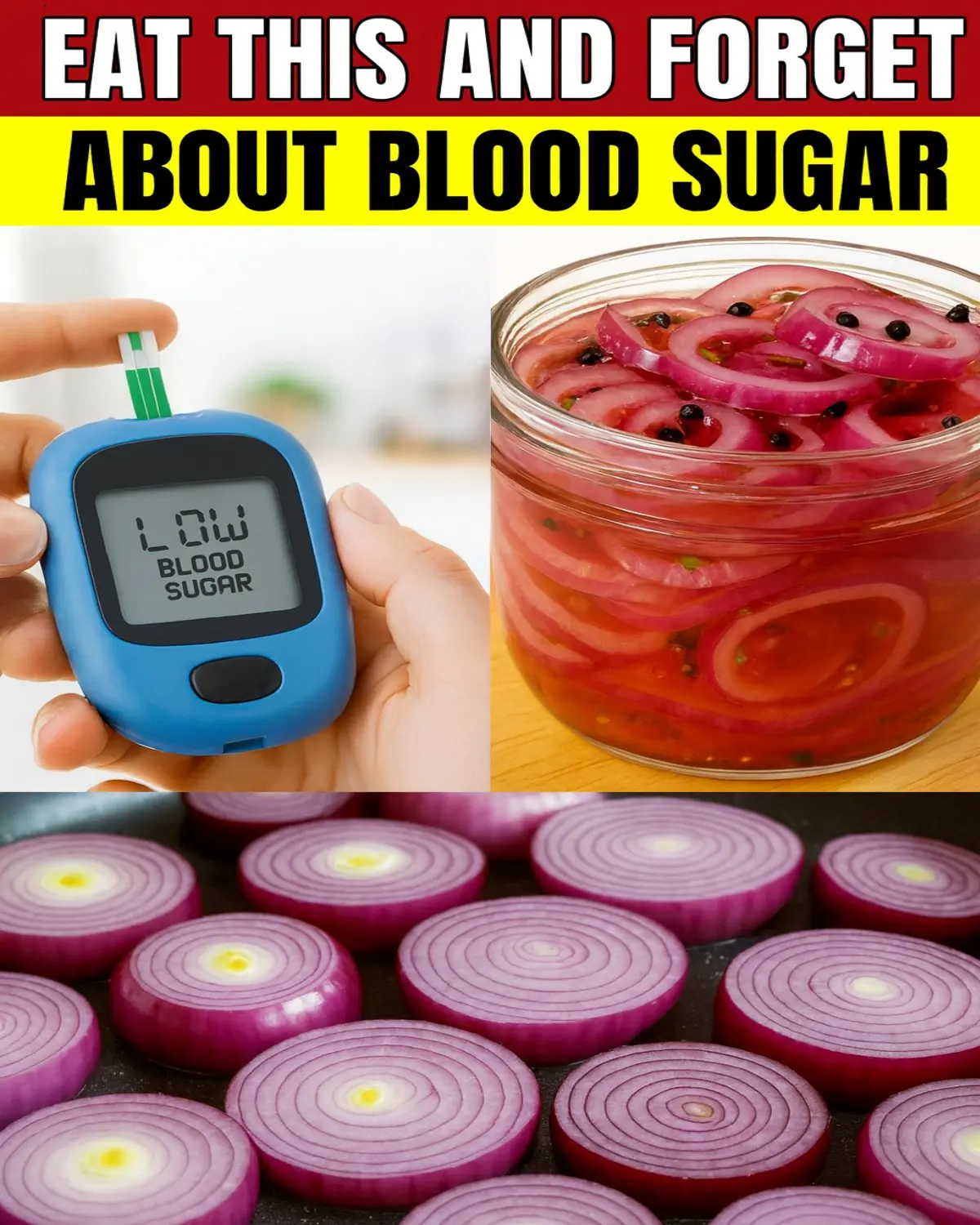
The Onion Recipe That Could Transform Your Blood Sugar, Support Cleaner Arteries, and Protect Your Heart!

Top 4 Fruits That Help Your Kidneys Flush Out Toxins While You Sleep

Ginger, Clove, and Honey: The Natural Trio Your Body Will Thank You For
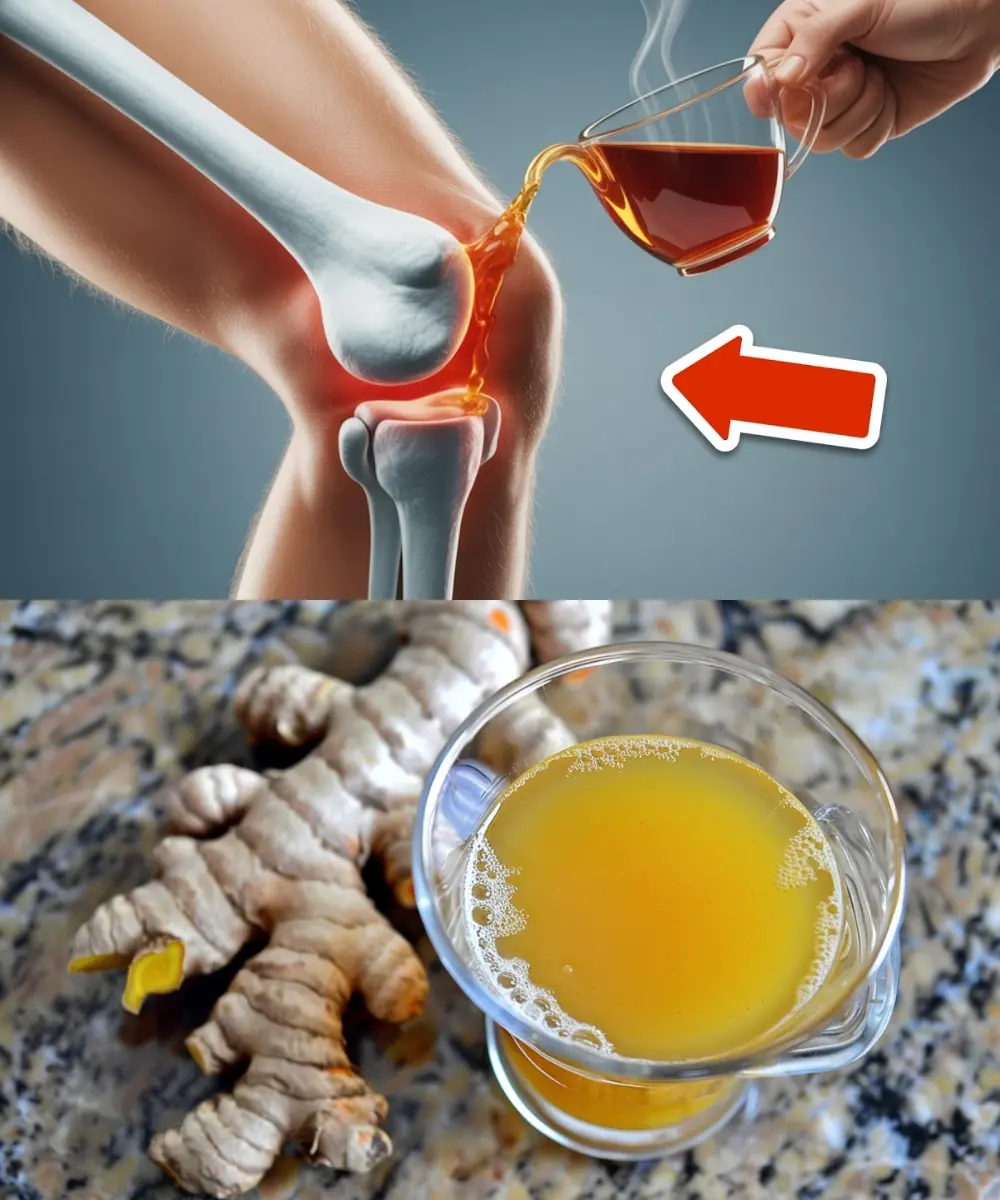
Heal 15 Years of Joint Pain Naturally with Turmeric and Honey Tea

This Juice Revived My Grandma’s Energy — Say Goodbye to Fatigue and Body Pain with This Natural Recipe

The Benefits of Eating 2 Boiled Eggs Every Morning: Transform Your Health!

If Your Kidneys Are in Danger, Your Body Will Send You These 8 Signals — Don’t Ignore Them

The Surprising Effects of Avocado on Your Heart and Brain

Ways to Get Over a Man Who Didn’t Value You

I’m 66 but Look 36 — My Secret? Aloe Vera & Ginger for Firm, Smooth Skin
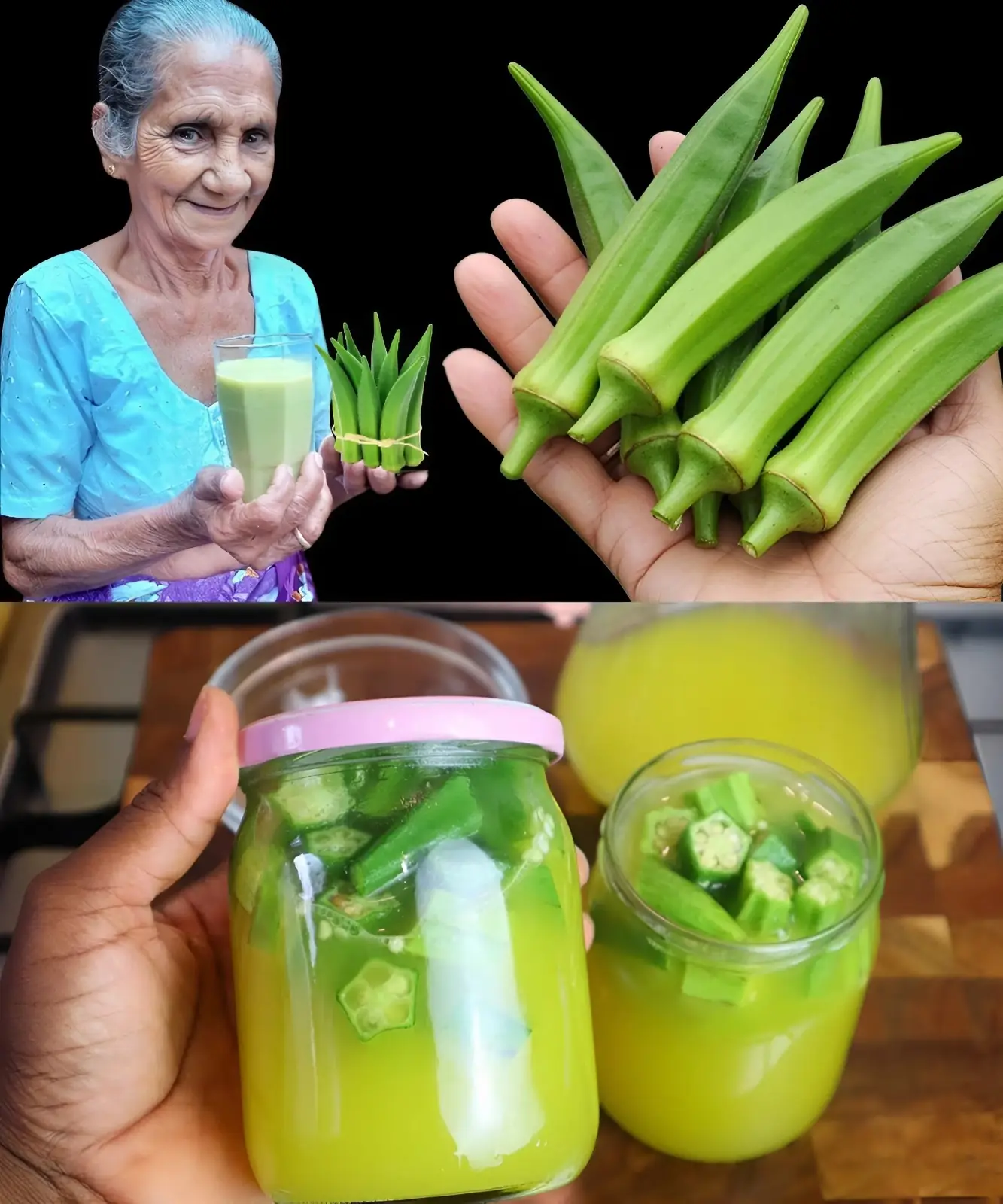
How to Make Okra Water to Treat 17 Health Problems Naturally

Banana and Egg Mask to Look Younger Even in Your 80s
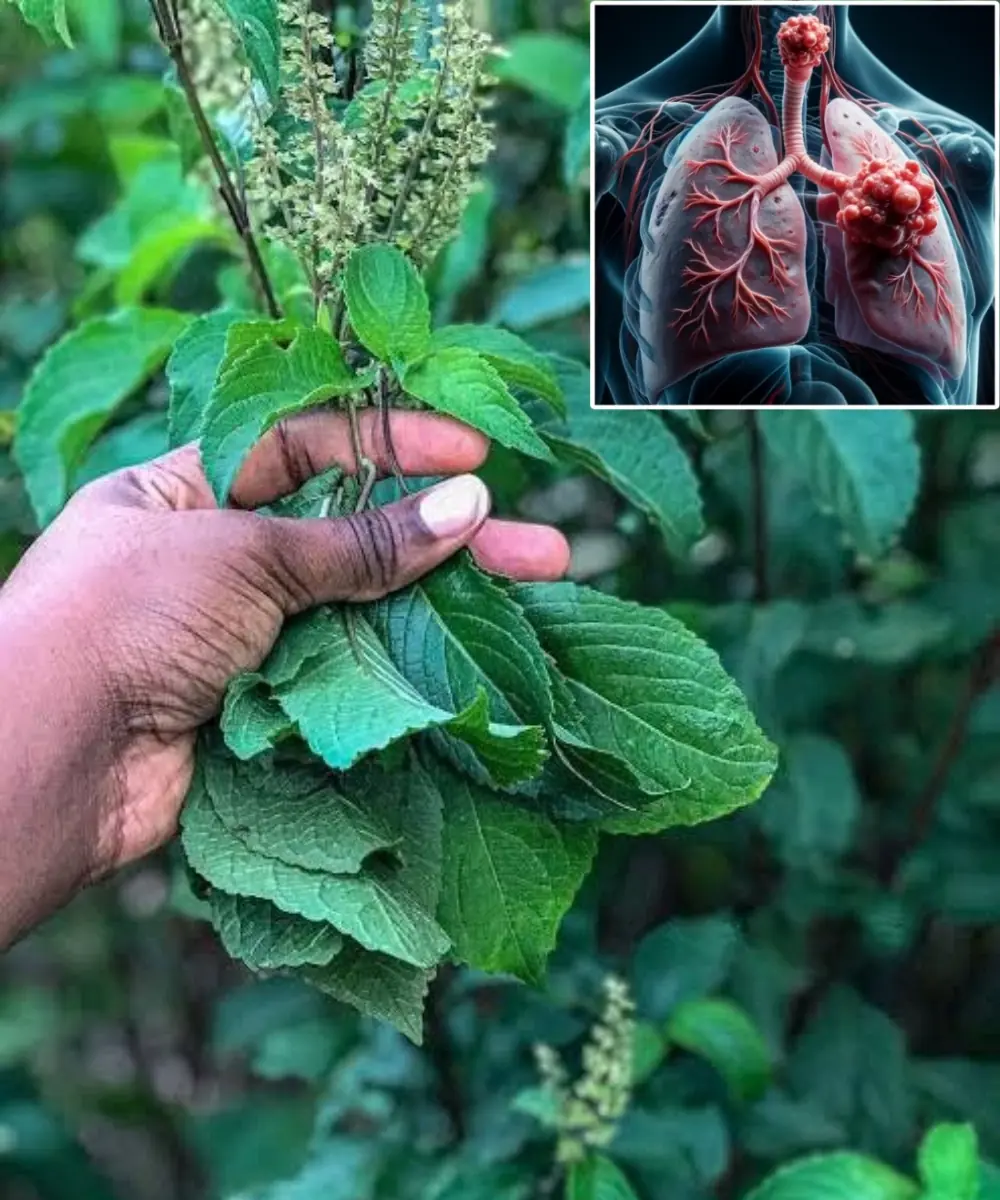
Scent Leaf Secrets Unveiled: 10 Surprising Health Benefits of This Miracle Herb
